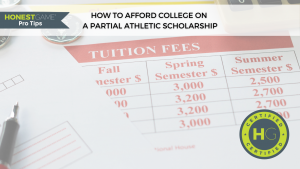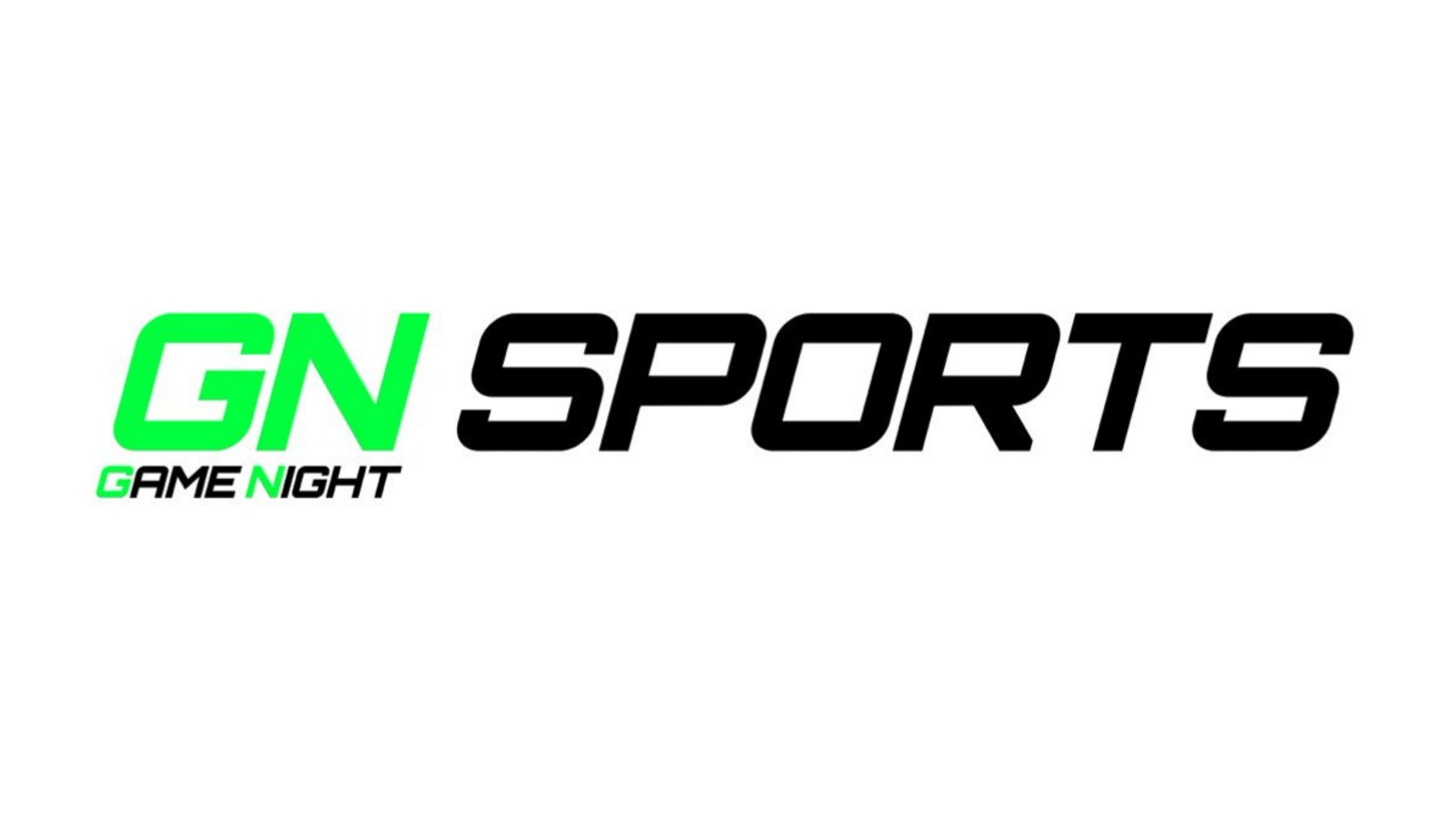How to Afford College with a Partial Athletic Scholarship
Updated on Feb 21, 2024

Today, the price of college is increasing almost eight times faster than wages. Playing sports in college provides is an incredible personal accomplishment and provides a vehicle to pay for college. Unfortunately, most student-athletes are offered “partial” athletic scholarships and are responsible to pay for the majority of their college fees. If this applies to you as a student-athlete, we have provided a list of best practices to help you turn your athletic and academic dreams into reality.
Do the Math
Evaluate your partial scholarship offer by calculating the total cost of attending the college. The easiest way to do this is by contacting the school’s financial aid office. It is best to break down the total cost of attending college into four parts – tuition and fees, room and board, books and supplies, and transportation and personal expenses.
- College tuition is what colleges charge for the instruction they provide. Colleges charge tuition by the units that make up an academic year, such as a semester or quarter. Tuition at public colleges is usually lower for in-state residents. Out-of-state students often pay double the tuition as in-state students. Tuition fees often support shared services, such as libraries and athletic facilities.
- Room and Board are what colleges charge for basic lodging on campus and the school’s estimated cost of food for each day you live at school. Room and Board also cover utilities, such as heat, water, and WIFI.
- Books and Supplies are the textbooks required for your classes and other ancillary items, such as required class supplies, etc. Note: some athletic departments have lending libraries where students can loan out books for the semester.
- Transportation and Personal Expenses are fees colleges don’t include, but they can add up. The university has the discretion to provide student-athletes with financial support for personal expenses, such as local transportation, clothing, laptop computer, entertainment, and other personal items.
Plan for the Difference
Between the total cost of attending college minus your partial athletic scholarship. If you find yourself left with the lion’s share of the bill, review the options below to bridge the gap.
Get a Part-Time Job
Despite your limited free time as a student-athlete, you may be able to secure a convenient job on campus with flexible hours. In addition, now that the NCAA has cleared you to pursue Name, Image, and Likeness, you may be able to secure a corporate sponsorship by leveraging your celebrity as a student-athlete (i.e., social media influencer, brand ambassador, etc.).
Leverage the Student Assistance Fund (SAF)
The SAF provides NCAA money to each school to assist student-athletes who have demonstrated financial needs. Some of this can go for needs such as clothing. For example, those suits you see players wearing before games can be paid for from this fund. In addition, the NCAA recently allows schools to pay travel expenses for players’ families to attend the men’s and women’s basketball Final Four and the College Football Playoff. This $3,000-$4,000 is meant to cover transportation, hotel, and meals for two family members per student-athlete.
Apply for Pell Grants
Pell Grants provides financial aid to students who demonstrate financial need to attend college. These grants don’t require repayment. In the 2020-2021 academic year, the maximum Pell Grant award is $6,345. The amount a student gets, though, will depend on their Expected Family Contribution (EFC), the cost of attendance (which varies by institution), status as a full-time or part-time student, and overall plans to attend school for a full academic year or less. Learn more here.
Apply for Federal and Private Student Loans
Most student-athletes are eligible for federal student loans, which often have lower interest rates than private student loans and don’t require a credit check. These loans also offer unique benefits such as income-driven repayment plans, which can make them easier to repay when you graduate. If you don’t receive enough money in loans from the government to cover college costs, consider private student loans. These loans are offered by credit unions, banks, and online lenders. However, you must have good credit and a solid income to qualify. If you don’t meet those requirements, adding a cosigner to your application may help.
Train for the United States Olympic Committee (USOC)
Olympic-caliber collegiate student-athletes are eligible to receive expenses paid for training, coaching, facility usage, equipment, apparel, supplies, comprehensive health insurance, travel, and room and board by the USOC. In a non-Olympic year, USOC money goes to top-eight finishers in individual sports and top-six finishers in team sports, with athletes limited to one award.
See the additional links below for other creative solutions to fund the rest of your college education:
- Make money just by listening to music. It’s not tons of money, but Slicethepie can bring you in cash by sharing your opinions on music.
- Trade in your textbooks after you read them for cash at cash4books.net.
- Trade in clothing and other items you no longer use for cash. There are many digital platforms where you can do this, such as Vestiaire.
- Resell your old video games for cash on platforms like Bonavendi.com or Decluttr.
Honest Game Insight: It is wise to confer with your Athletic Compliance Office before adopting any of the recommendations listed in this article.

Kim has mentored hundreds of student-athletes through the college recruiting and eligibility process to help them attain their dream of playing collegiate sports. During her tenure as the Executive Director of Beyond Sports Foundation, 89% of their students matriculated to four-year universities on athletic scholarships. Interested in working with Honest Game? Contact us.



